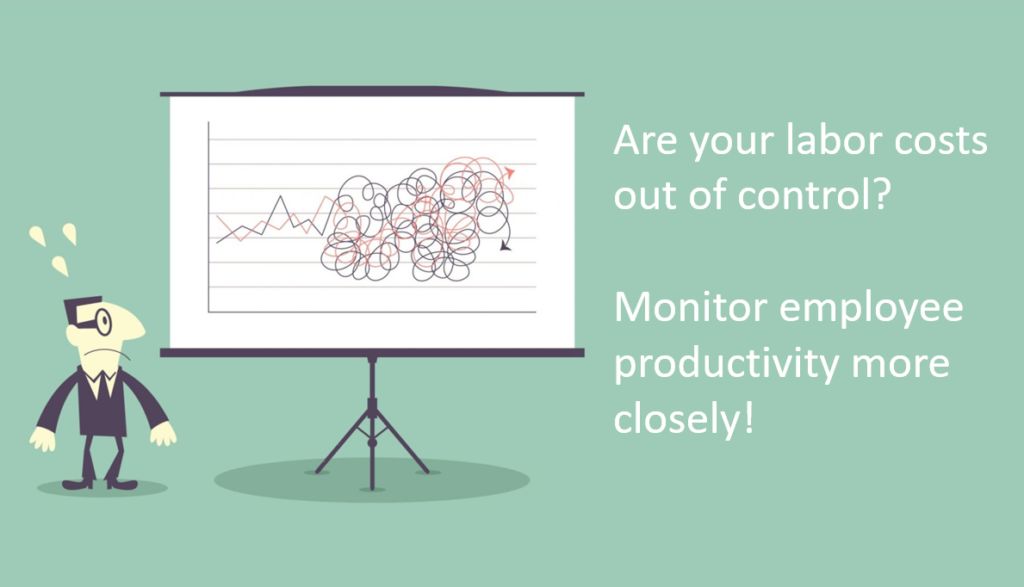Are Your Labor Costs Out Of Control? Monitor Employee Productivity More Closely!

If you have not been hiding under a rock, you know what’s going on. High inflation, labor shortages, and rising minimum wages, everything points to higher labor costs. According to a study by Harri, most restaurant owners plan to battle inflation and labor shortage by raising menu prices and cutting employee hours. In this article, we will discuss how some of our clients use data to monitor F&B employee productivity to mitigate the impact of high labor costs.
What To Measure
As management theorist Peter Drucker reportedly said: What gets measured gets improved. The two major measures our clients focus on are:
- Hours per cover. This is defined as the total number of employee hours divided by the total covers
- Wage as a % of Sales. This is defined as total employee pay divided by total F&B sales
Our clients always further break these measures by types of locations (e.g., kitchens, restaurants, bars, etc.) because they vary a lot. The reason is simple, it takes much longer to prepare food in the kitchen than to pour drinks at a bar.
The following is an example showing these two measures broken by types of locations. It takes a whopping 0.59 hours to prepare food for each cover, while only 0.11 hours (that’s less than 7 minutes) to serve a member at a bar. It seems like adapting new technologies or processes to gain efficiency in the kitchen is the lowest-hanging fruit.

These two measures can further be broken by individual restaurant and bar outlets and meal periods. F&B directors can start by focusing on the outlets and meal periods with the worst productivity numbers and take action.
Combining Data from Payroll and POS
Both productivity measures require data from Payroll and POS, and both systems need to be structured in the same way to make it possible to combine data. For instance, to get Hours per cover for an outlet, we will need both the hours and covers for that outlet. Our clients usually create a payroll department for each POS outlet/location to make this possible. In case this is not possible due to the complexity of F&B operations, a mapping between payroll departments and POS outlets/locations is needed.

Monthly or Weekly?
We have fully automated data updating for our clients so in theory, they can examine productivity every day. However, most of our clients monitor productivity weekly. This allows them to take actions to address any issues timely but not bogged down by daily details. Our clients also need to look at the historical trends and drill into individual outlets to understand what might be causing the issues. Before working with us, clients could only measure productivity monthly because they had to use Excel to manually compile similar reports.
About us: LC Consulting Group helps private clubs to integrate data into an easy-to-use ClubPulse™ Dashboard. Private club managers use ClubPulse™ Dashboard to uncover valuable insights, measure performance, and understand member preferences to provide better services.
Leave a Reply